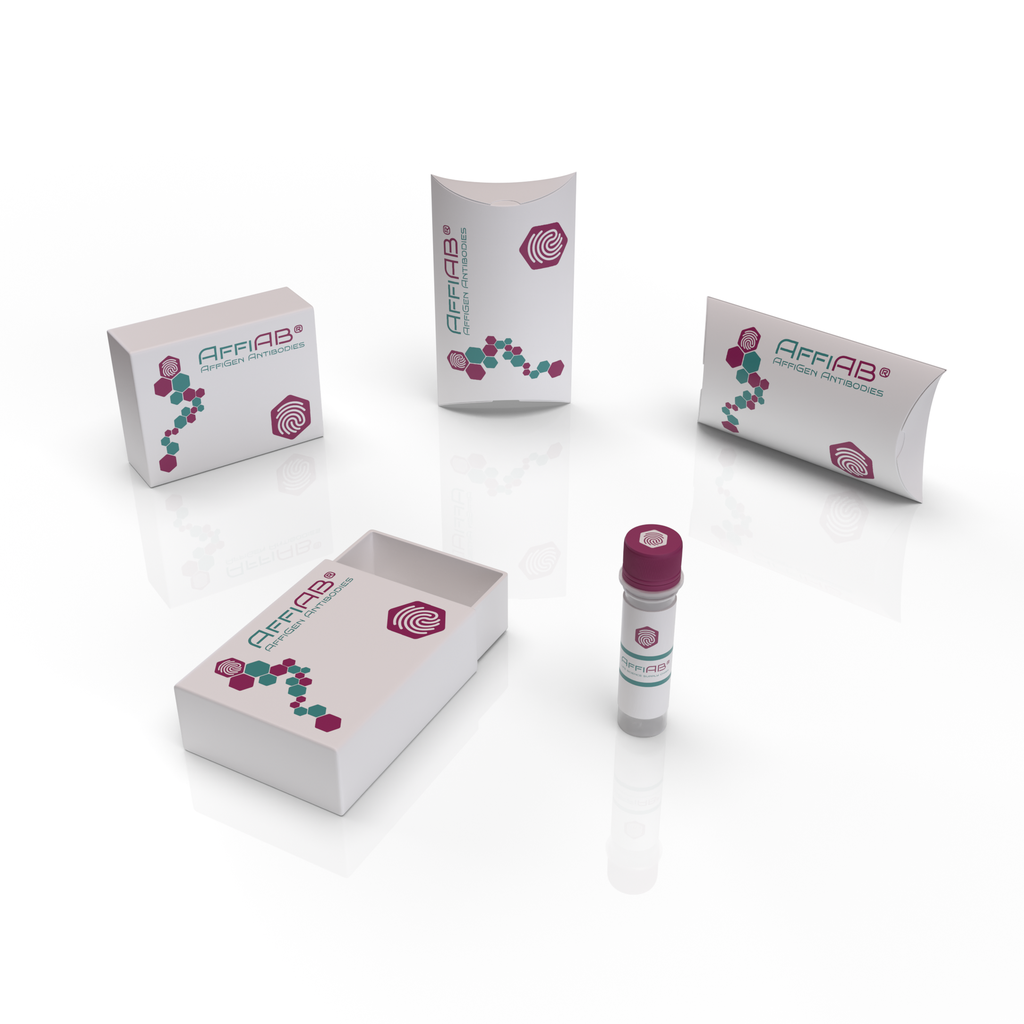ALLC Antibody: Technical Overview
Target Protein: ALLC (Immunoglobulin Lambda Constant 2, also known as Ig lambda-2 chain C region)
Gene Symbol: ALLC
UniProt ID: P0DOY3
Chromosomal Location: 22q11.22
Protein Family: Immunoglobulin superfamily, Lambda light chain constant region
Background & Function
ALLC encodes the constant region of the lambda light chains of immunoglobulins, specifically lambda-2 subclass. The constant region plays a key role in the structure and function of immunoglobulin molecules, particularly in determining antibody isotype and interacting with Fc receptors.
Although not typically expressed independently, aberrant expression or overproduction of ALLC-derived proteins is often seen in plasma cell dyscrasias such as:
- Multiple Myeloma
- AL Amyloidosis
- Monoclonal gammopathies
Misfolded monoclonal lambda light chains (particularly from the IGLC2/ALLC gene) are a common source of amyloid fibril deposition in light-chain (AL) amyloidosis, where the C-terminal constant region is prone to β-sheet stacking and aggregation.
Antibody Generation and Specificity
- Immunogen: Recombinant human ALLC protein or synthetic peptides encompassing conserved regions within the C-terminal domain of the lambda constant region.
- Reactivity: Human (primary), with potential cross-reactivity to non-human primates based on high sequence homology (~90–95%) in the constant region.
- Host Species: Rabbit, Mouse, or Goat
-
Clonality: Monoclonal and polyclonal variants available
- Monoclonals: Offer epitope specificity and reproducibility
- Polyclonals: Useful for detecting all isoforms and slightly degraded fragments
Applications and Validations
1. Western Blot (WB)
- Detects denatured ALLC at ~26 kDa under reducing conditions
- Often used to assess expression in B-cell and plasma cell lines or serum samples
2. Immunohistochemistry (IHC)
- Paraffin-embedded biopsy samples (especially kidney, heart, or GI tissue in suspected amyloidosis)
- Strong signal observed in amyloid deposits and infiltrating plasma cells
3. Immunofluorescence (IF)
- Co-staining with anti-kappa or anti-heavy chain antibodies in multiple myeloma studies
- Useful in determining light chain restriction (lambda vs kappa dominance)
4. ELISA / Immunoassays
- Quantification of free lambda light chains in serum or urine
- Important for diagnosing and monitoring monoclonal gammopathy and AL amyloidosis
5. Flow Cytometry
- Surface or intracellular staining of B cells and plasma cells for lambda expression
- Requires fluorochrome-conjugated ALLC antibody
Clinical Relevance
- AL Amyloidosis: Pathological deposition of misfolded ALLC proteins in vital organs
- Multiple Myeloma: Lambda-restricted monoclonal gammopathy tracked via ALLC-specific ELISA
- Cryoglobulinemia: Clonal expansion of lambda-expressing B-cells
- B-cell Lymphomas: Light chain restriction as a clonality marker
Storage & Handling
- Formulation: PBS, pH 7.4, with 0.02% sodium azide and 50% glycerol (varies by vendor)
- Storage: -20°C for long-term use; avoid freeze/thaw cycles
- Concentration: Usually provided at 0.2–1.0 mg/mL; titration recommended for application
Controls and Validation Tools
-
Positive Controls:
- Plasma cell lines (e.g., RPMI-8226, U266)
- Human serum from patients with lambda-restricted monoclonal gammopathies
-
Negative Controls:
- Kappa-restricted myeloma or B-cell lines
- IgG-depleted or lambda-negative cell lysates
- Peptide Competition Assays: Used to verify epitope specificity
- Cross-Reactivity Assays: Ensure non-reactivity with kappa chain (IGKC) or Ig heavy chains
Pathology Integration
Histological co-localization with Congo Red staining or Thioflavin T can confirm amyloid nature of deposits containing ALLC protein. Advanced proteomic analysis of laser-captured microdissected amyloid deposits often identifies the lambda constant domain peptide sequences (e.g., ALVLTQESALTTT) matching ALLC.

